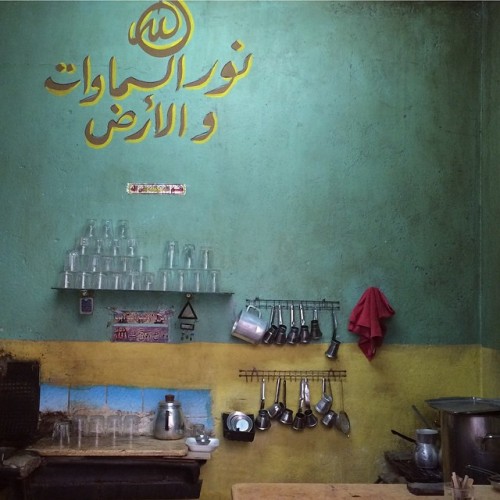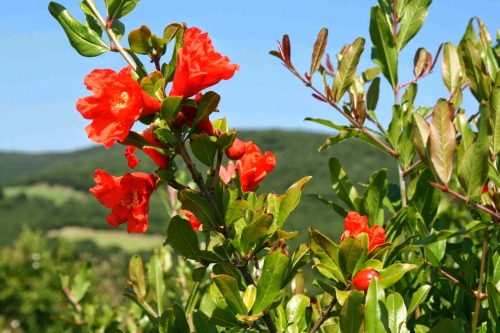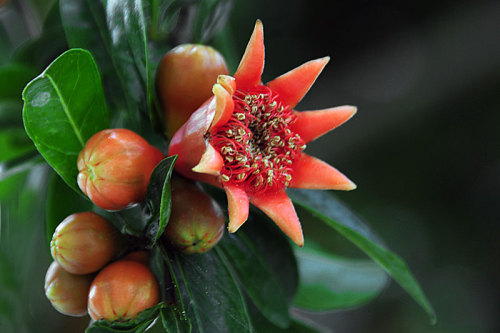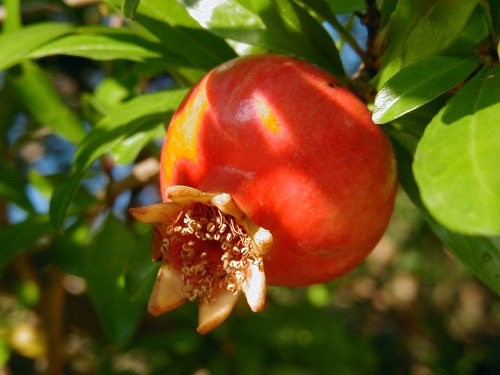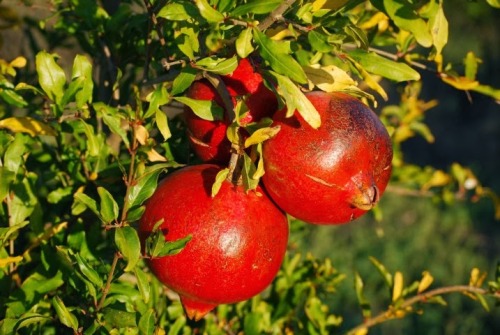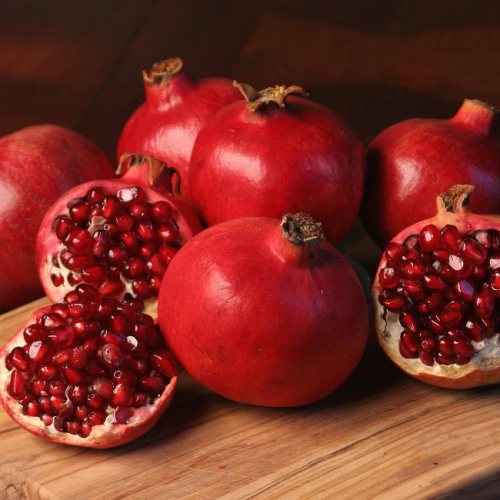#middle east

Strataday
Conrad, A. “Source Rock for the World’s Largest Oil Field,” silurian shale. Quassim Province, Saudi Arabia.
[Above Image] The war museum in Khorramshahr.
Khuzestan has a plethora of famous archaeological monuments dating back thousands of years, including the great Elamite zigguarat at Choghal Zambil; the first vaulted ceiling in the world at the royal grave at Haft Tapeh;theElamite city of Shush, where Hammurabi’s code was found;theAchaemenid palace of Shush, the bureaucratic heart of my own namesake’s 5th century empire; the tomb of the Biblical prophet Daniel; and the bridges built by the defeated Roman armies of Valerian.
But for the student of modern Iran, the most significant monuments in Khuzestan are those of the Iran-Iraq War. This was the longest conventional war in the 20th century, lasting from September 1980 to August 1988. About one million Iraqi and Iranian soldiers died, making it as well one of the century’s costliest. The war featured massive battles involving land mines and chemical warfare, attacks on oil tankers throughout the Persian Gulf, and attacks on both countries’ major cities using artillery and scud missiles.
The U.S. became involved in hostilities with Iranian forces several times, and it is important to remind Americans of this, because although most Iranians remember these incidents vividly, we for the most part do not. OnApril 14, 1988, a mine badly damaged the USS Roberts, and the U.S. responded with the largest naval engagement since World War II, fighting Iranian forces along the 900-mile coastline. During Operation Praying Mantis, as it was called, American vessels crippled or sank six Iranian ships and two oil platforms in a mere nine hours. No American lives or ships were lost; the Iranians, however, suffered heavy casualties.
In an incident perhaps even more significant for Iranians, in July 1988, the cruiser USS Vincennes shot down Iran Air Flight 655, killing all 290 civilian passengers on board. The Vincennes launched its missiles from within Iranian territorial waters, Admiral Crowe later reluctantly admitted; the U.S. paid compensation but never formally apologized. The actions of the Vincennes’ commander have been carefully analyzed by Lieutenant Colonel David Evans of the U.S. Marine Corps; the incident is now a case study used in naval academies to teach what not to do in similar circumstances. After reading Evans’ devastating reconstruction of events, it is hard not to conclude that the commander of the Vincennes deliberately shot down a civilian aircraft.But these events, while important in retrospect, were not the heart of the fighting in the province of Khuzestan. Early in the war, the Iraqis advanced well into Iranian territory in Khuzestan, grinding to a halt at the foothills of the Zagros, a 700-mile-long mountain chain stretching from the Caucusus to the Persian Gulf. The Iranians counterattacked, and the battle for Khorramshahr was engaged.
Until the outbreak of war, the city of Khorramshahr on the Shatt al Arab was one of the most cosmopolitan cities in Iran. It had a population of 150,000 and numerous foreign consulates. It was a major port and trading city.
During the first Battle of Khorramshahr (1980), it took the Iraqi army almost a month to occupy the city, at the cost of about 6,000 casualties.Although Khorramshahr was defended by 3,000 ill-equipped, ill-trained Iranian soldiers, the population soon joined them. By the end of the battle, the city was depopulated. During the second Battle of Khorramshahr (1982), the Iranian army took back the city with huge wave attacks and reportedly suffered heavy casualties. Survivors describe the battle much like Americans describe D-Day. Once the city was taken, Iranians poured into the streets and exchanged sweets.
–From the Inside, Looking In: Sickness, War, and Remembrance in Iran, by Darius Rejali. 2007.
The essay is adapted from a talk given by Reed political science professor Darius Rejali at the conclusion of the Fall 2006 Public Policy Lecture Series, Understanding Iran: Images and Realities.
Post link
Today,May 1st, 2017 marks the public launch of the Endangered Archaeology in the Middle East and North Africa (EAMENA)project.
EAMENA’s primary aim is to rapidly record and evaluate the status of the archaeological landscape of the MENA region in order to create an accessible body of data which can be used by national and international heritage professionals to target those sites most in danger and better plan and implement the preservation and protection of this heritage.
If you are interested in the on-going work to preserve, protect, and document the archaeological history and heritage of the Middle East and North Africa, please check out EAMENA and their blog! They are an invaluable new resource helping to preserve people’s histories.

Emirates Sky Cargo
Boeing 777-F1H
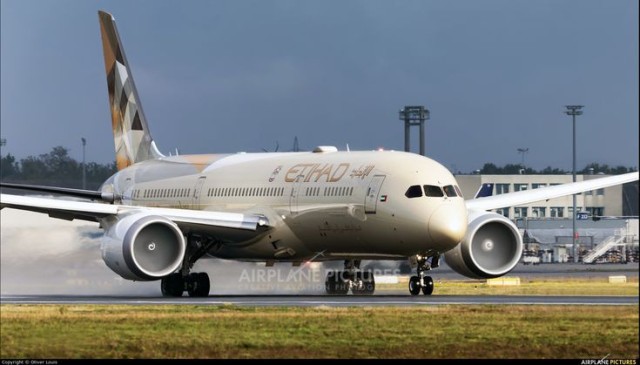
Etihad Airways
Boeing 787(Dreamliner)
NEW WEBSITE
Hey guys! So for all of you that enjoyed my language learning post, I have a really awesome announcement!
https://mickybyrd1996.wixsite.com/travelaltlife
I MADE A WEBSITE!!
So I’ve decided to document all of my traveling and language learning on my website and on my brand new Facebook page!
Please check it out and pass it around if you find it interesting; I’ve been working really hard on writing some new posts about all of the countries I visited last summer! <3
اعرفي حقوقك
لا تستني الزمن يعرفك عليها اجبارا
Know your rights
do not wait that time
you gonna know forcibly
Post link
This hot beverage shop is owned by Mahmoud Zorro and his brother in an alleyway in Boulaq, downtown Cairo. As basic as their shop may be, they keep it very clean and organized. Mahmoud’s nickname is Zorro because he thinks he looks like Antonio Banderas.
Photo by Tinne Van Loon @tinnevl
#boulaq #tea #coffee #colors #minimal #cairo #downtown #egypt #everydayegypt #everydayeverywhere http://ift.tt/1EcNvqK
Post link
Tip their mouths open to the sky.
Turquoise, amber,
the deep green with fluted handle,
pitcher the size of two thumbs,
tiny lip and graceful waist.Here we place the smallest flower
which could have lived invisibly
in loose soil beside the road,
sprig of succulent rosemary,
bowing mint.They grow deeper in the center of the table.
Here we entrust the small life,
thread, fragment, breath.
And it bends. It waits all day.
As the bread cools and the children
open their gray copybooks
to shape the letter that looks like
a chimney rising out of a house.And what do the headlines say?
Nothing of the smaller petal
perfectly arranged inside the larger petal
or the way tinted glass filters light.
Men and boys, praying when they died,
fall out of their skins.
The whole alphabet of living,
heads and tails of words,
sentences, the way they said, “
Ya’Allah!” when astonished,
or “ya’ani” for “I mean”—
a crushed glass under the feet
still shines.
But the child of Hebron sleeps
with the thud of her brothers falling
and the long sorrow of the color red.Naomi Shihab Nye, “The Small Vases from Hebron” from Fuel.
Source: poetryfoundation
Alexandria tugged silver sardines onto the shore
a disappointment she witnessed by the sand
an hour spent in wait
for the net to reach land
by the transgressing microbuses
coughing death into her sea,
we waited and watched
and tiny silver sardines twinkled
under the clouded sky,
I worshipped her
while watching her shake
from utter disappointment.I cried elegies for my city
when a woman with a tied up head
lost a shoe to a puddle by tramVictoria,
granny begging in brown chuckled
sense of humor alive
despite the cataract clouding her life
and the grit in her crumbling teeth.My people have nothing but Allah
and comedy
keeping them sane.A boy who spoke emotional tales of science
muttered fears between sedative clouds.
On her boulders he rummaged
through theories to back up all of God,
and I understood my self,
the events around
and inside of us
were beginning to make sense.Give me one day
where I need not maneuver cautiously
through my own streets,
no mother’s-body-part cussing
in the name of Allah and vindicated manhood.
One day without dreams of meat
being unrealistic, one day
without the hunger that’s lead to animal methods
of survival, immorality normalized.Protect me for one day, Alexandria,
carry me through your moody Sea,
don’t let me drown—
Don’t drown me,
don’t drown me, Alexandria.—
naira badawi
حمص المحاصرة شاهدو كيف تقصف حمص بالطيران الحربي لحظة القصف وانفجارات 4 7 2013 (by bab. sebaa)
Airstrike on besieged area of Homs (July 4, 2013)
The rebel setbacks have also motivated rebel allies abroad to increase their support, with Saudi Arabia reported to have fast-tracked heavy weapons shipments into Syria to combat regime armour.
Syrian regime forces have launched a major offensive against rebels in Homs in their latest drive to secure an axis linking Damascus to the Mediterranean.
Activists said jets and mortar bombs pounded rebel-held areas of the city, which have been under siege by President Bashar al-Assad’s troops for a year, and soldiers fought battles with rebel fighters in several districts.
http://www.aljazeera.com/news/middleeast/2013/06/2013629131018776263.html



![[Above Image] The war museum in Khorramshahr. Khuzestan has a plethora of famous archaeological monu [Above Image] The war museum in Khorramshahr. Khuzestan has a plethora of famous archaeological monu](https://64.media.tumblr.com/6212b6281e70697299ec81cd81954593/tumblr_oqh42umFKW1qh6o2ho1_400.jpg)



